Experimental simulation research based on two-dimensional lattice reciprocal lattice
DOI: 10.23977/tracam.2024.040113 | Downloads: 32 | Views: 1684
Author(s)
Shaojia Yuan 1, Huiyu Shen 1, Xin Gao 1, Jiazheng Zhu 1, Yifei Zhao 1
Affiliation(s)
1 Xi'an Jiaotong University City College, Xi'an, 710018, China
Corresponding Author
Huiyu ShenABSTRACT
In this experiment, two-dimensional crystal structures with different symmetries were simulated using metal microspheres. The effect of simulating the lattice constant change of two-dimensional crystals was achieved by changing the diameter of the metal microspheres. The reciprocal lattice of these two-dimensional structures was measured using a laser as the light source, and the relationship between reciprocal lattice and lattice symmetry, as well as the relationship between reciprocal lattice and lattice constant, was simulated. By measuring the reciprocal lattice, the mathematical relationship between the reciprocal lattice points and the spacing between crystal planes was also verified, and the crystal plane index represented by the reciprocal lattice points was calibrated. In addition, common errors and error results in the experiment were analyzed.
KEYWORDS
Two-dimensional Lattice, Reciprocal Lattice, Crystal Plane SpacingCITE THIS PAPER
Shaojia Yuan, Huiyu Shen, Xin Gao, Jiazheng Zhu, Yifei Zhao, Experimental simulation research based on two-dimensional lattice reciprocal lattice. Transactions on Computational and Applied Mathematics (2024) Vol. 4: 95-103. DOI: http://dx.doi.org/10.23977/tracam.2024.040113.
REFERENCES
[1] Charles Kittel. Introduction to Solid State Physics [M]. Chemical Industry Press, 2022.
[2] Huang Guiqin. Penetration of cutting-edge advances in two-dimensional materials in solid-state physics teaching [J]. University Physics, 2021, v. 40(09):1-4+27.
[3] Chen Nanxian. The relationship between reciprocal lattice and crystal plane index [J]. University Physics, 2011, v.30 (02):50-52.
[4] Huang Bingxin, Qiang Wenjiang. X-ray diffraction and reciprocal lattice [J]. University Physics, 2023, v.42(04):4-12+33.
[5] Chen Huifen, Liu Kejia, Chen Kun. Understanding, origin and explanation of reciprocal lattice in materials science [J]. Science and Technology Information, 2011, No. 374(18): 518-519.
[6] Ma Jun, Xiong Xinbai, Li Xiaohua, et al. Establishing the concept of reciprocal lattice from the Ewald diagram of the Bragg equation [J]. Chemical Education (Chinese and English), 2018, 39(14): 12-15.
[7] Wei W, Mengying H, Xulong W, et al. Experimental Realization of Geometry-Dependent Skin Effect in a Reciprocal Two-Dimensional Lattice. [J]. Physical review letters, 2023, 131(20).
[8] Lin Yu, Wang Yuandan, Yang Junhao, et al. Topological states switching and group velocity control in two-dimensional non-reciprocal Hermitian photonic lattice[J]. Chinese Physics B, 2023, 32(11):76-82.
[9] Yao Wei. Research on angle-resolved photoelectron spectroscopy of two-dimensional materials and their heterojunctions [D]. Tsinghua University, 2021.
[10] Liopo A V, Liaushuk A I. Analysis of the reciprocal lattice of crystals with non-primitive Bravais cells[J]. Journal of the Belarusian State University. Physics, 2022(3).
[11] Kim M, Kim N, Shin J. Realization of all two-dimensional Bravais lattices with metasurface-based interference lithography [J]. Nanophotonics, 2024 (0).
[12] Carnevali V, Marcantoni S, Peressi M. Moiré patterns generated by stacked 2D lattices: a general algorithm to identify primitive coincidence cells [J]. Computational Materials Science, 2021, 196: 110516.
[13] Yang S, Mesa F, Zetterstrom O, et al. Dispersion Diagram Analysis of a Two-Dimensional Hexagonal Periodic Structure[C]//2023 17th European Conference on Antennas and Propagation (EuCAP). IEEE, 2023: 1-4.
| Downloads: | 657 |
|---|---|
| Visits: | 52787 |
Sponsors, Associates, and Links
-
International Journal of Power Engineering and Engineering Thermophysics
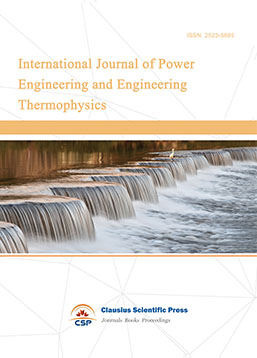
-
Numerical Algebra and Scientific Computing

-
Journal of Physics Through Computation
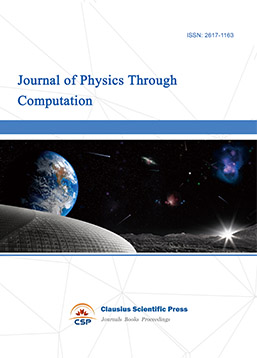
-
Transactions on Particle and Nuclear Physics
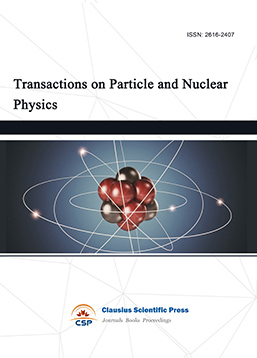
-
Journal of Probability and Mathematical Statistics
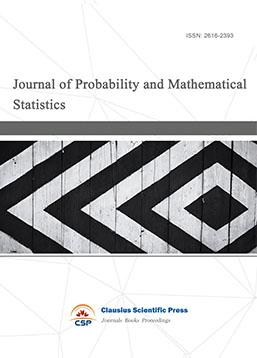
-
Multibody Systems, Nonlinear Dynamics and Control

-
Complex Analysis and Geometry
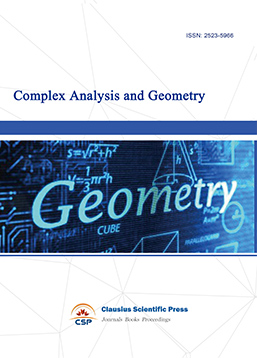
-
Dynamical Systems and Differential Equations

-
Acoustics, Optics and Radio Physics
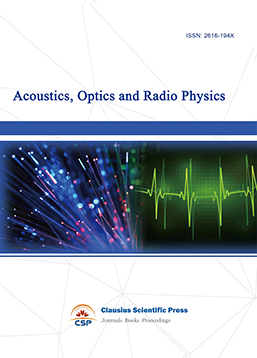
-
Progress in Atomic and Molecular Physics
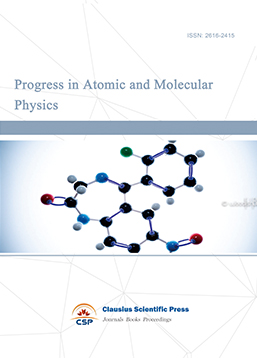
-
Transactions on Condensed Matter Physics

-
Progress in Plasma Physics
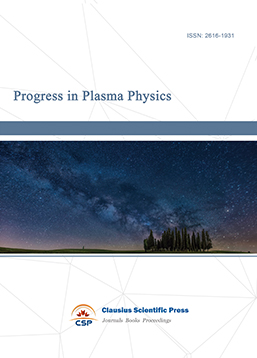
-
Combinatorics and Graph Theory

-
Research and Practice of Mathematics & Statistics
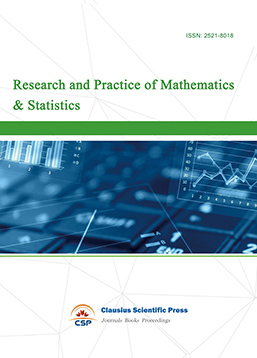
-
Nuclear Techniques and Applications
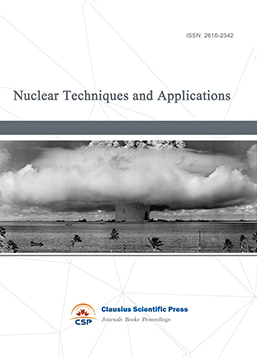
-
Journal of Photonics Research
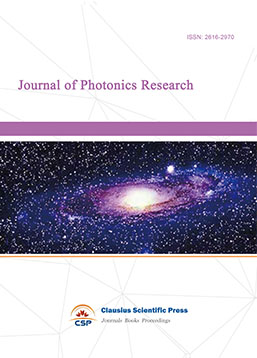
-
Journal of Compressors and Refrigeration
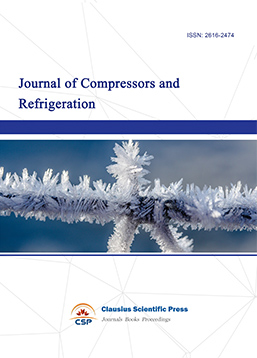
-
Journal of Theoretical Physics Frontiers
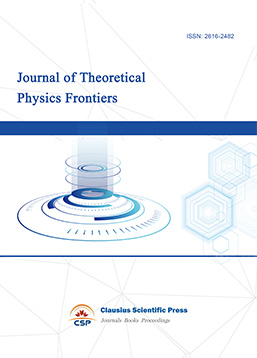
-
Journal of Nonlinear Science and Complexity

-
Vacuum Science Journal
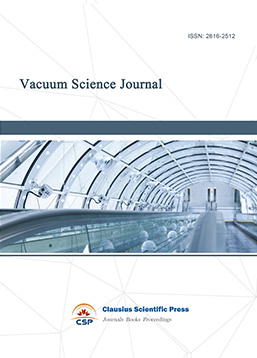
-
Computational Fluid Dynamics
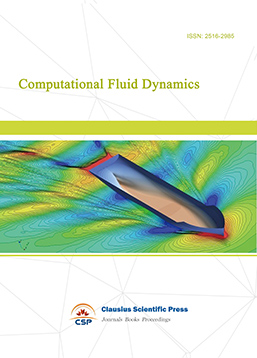

 Download as PDF
Download as PDF